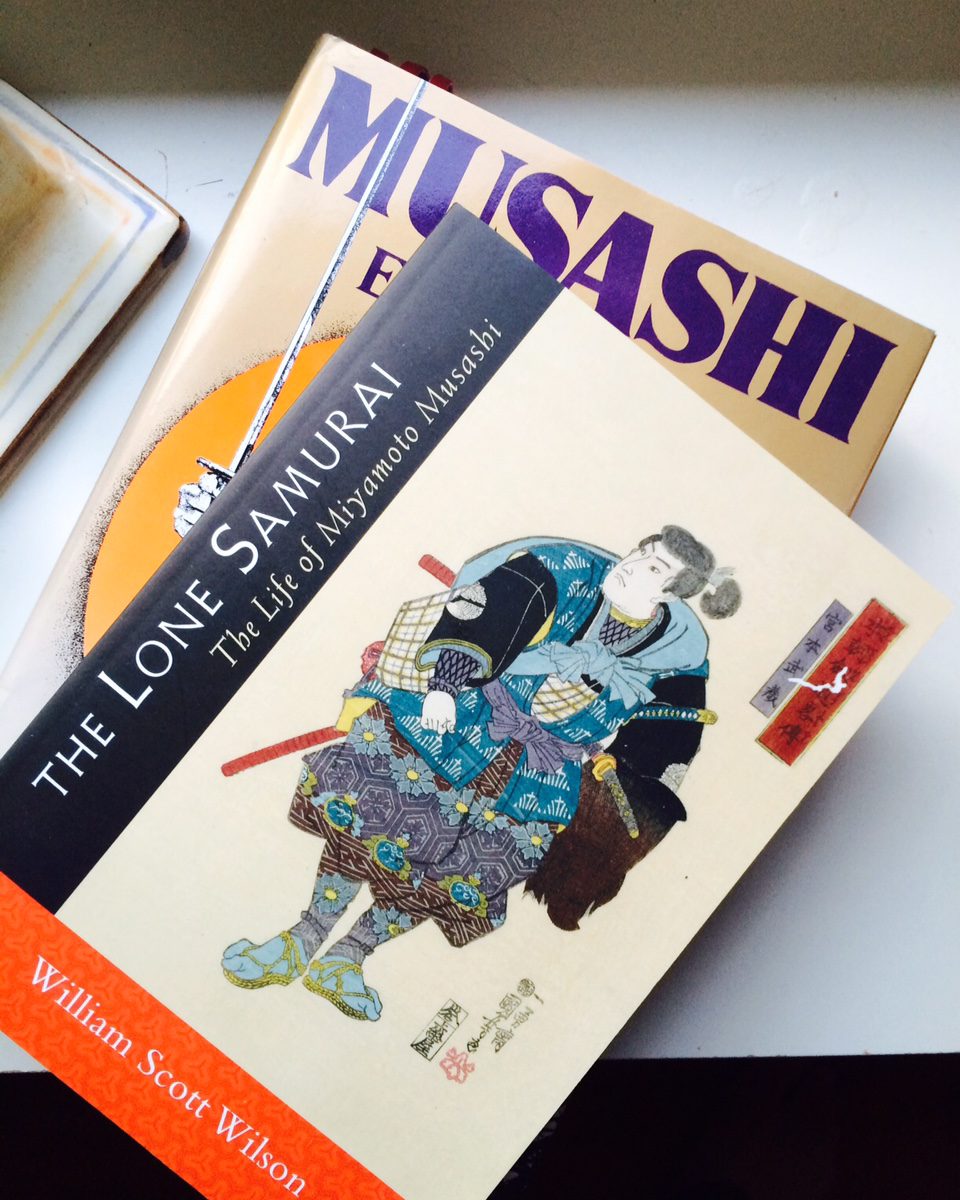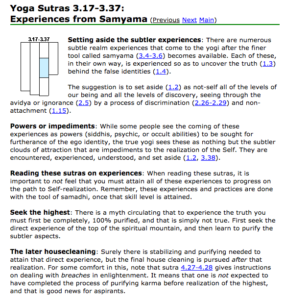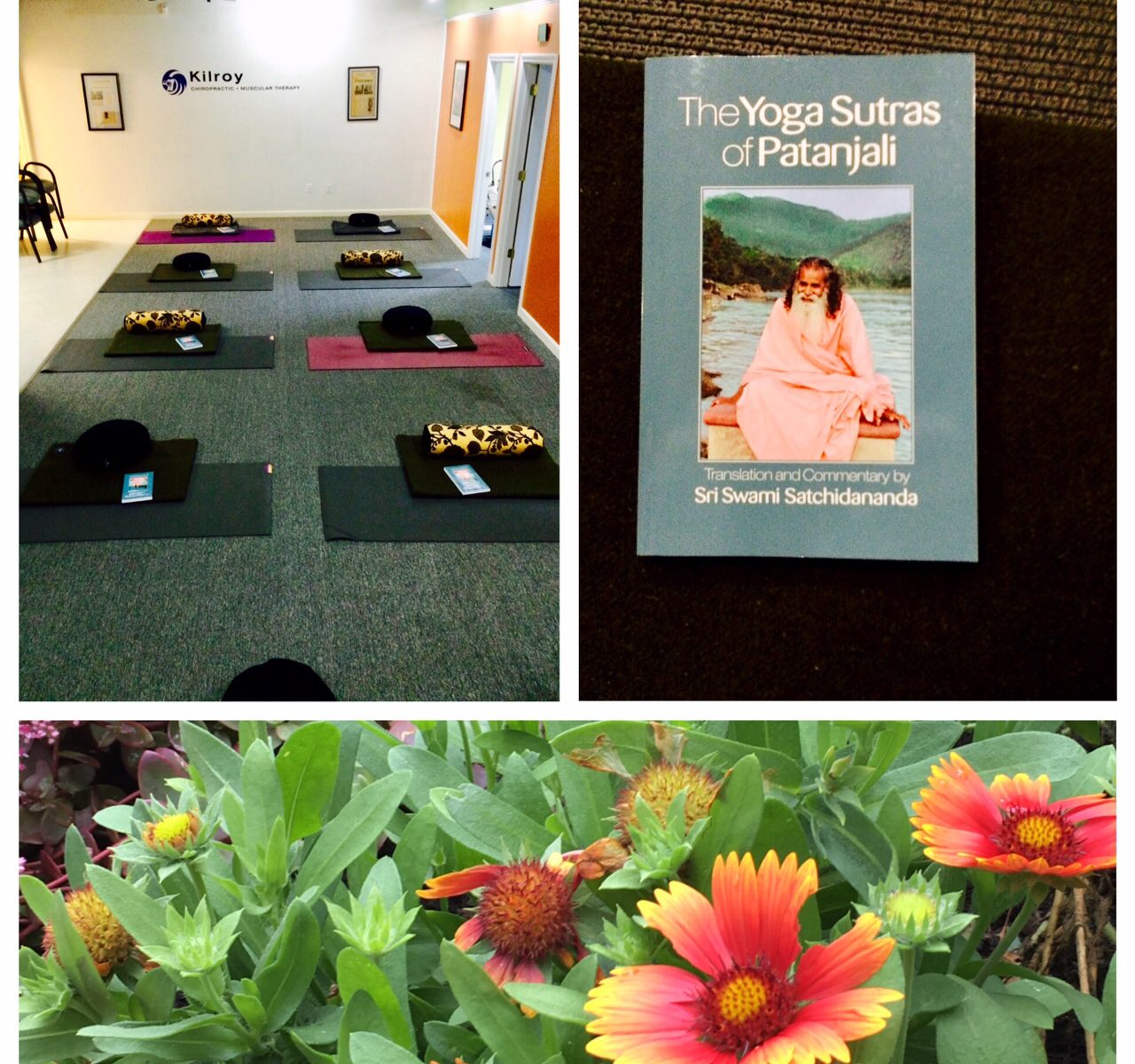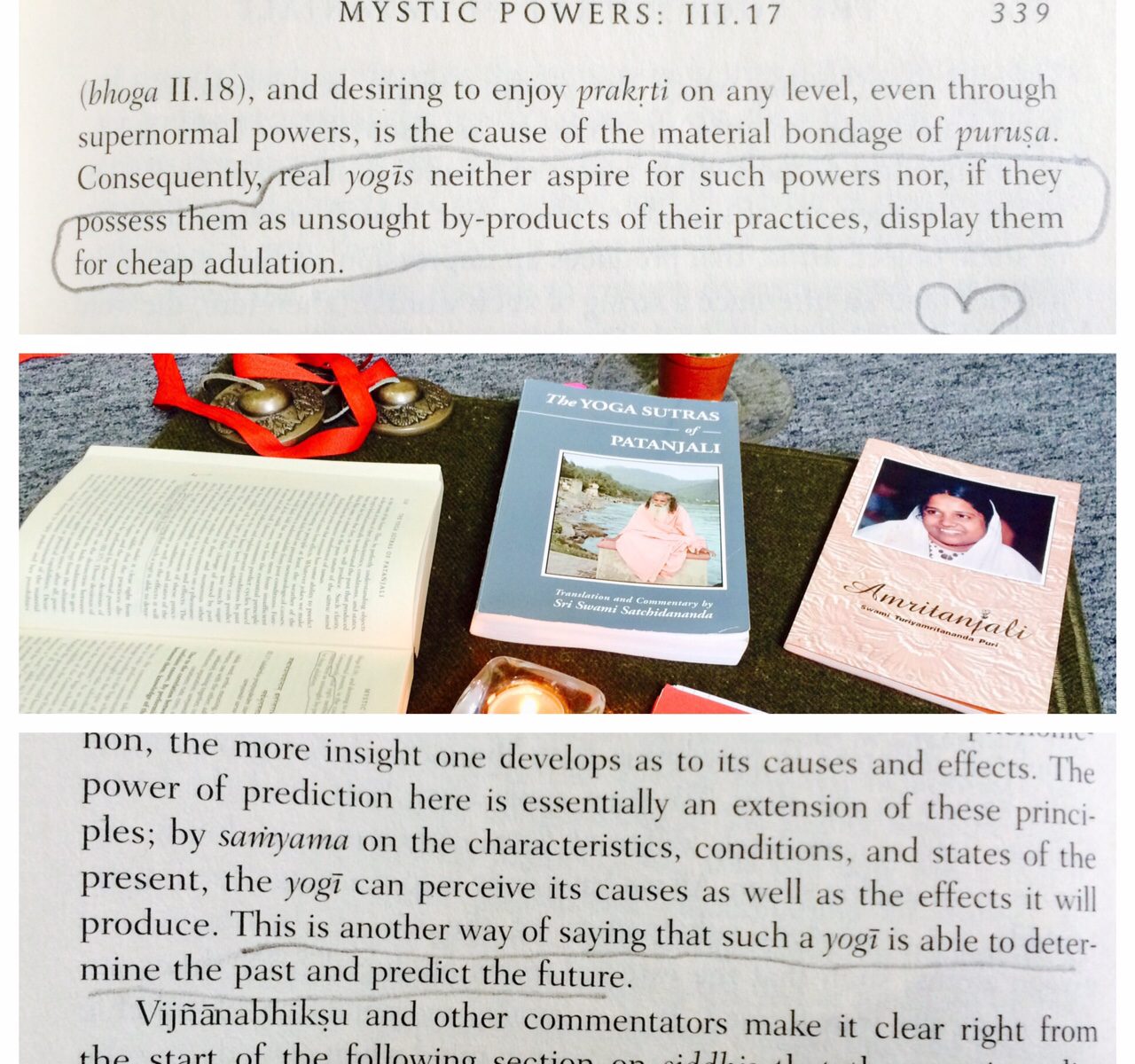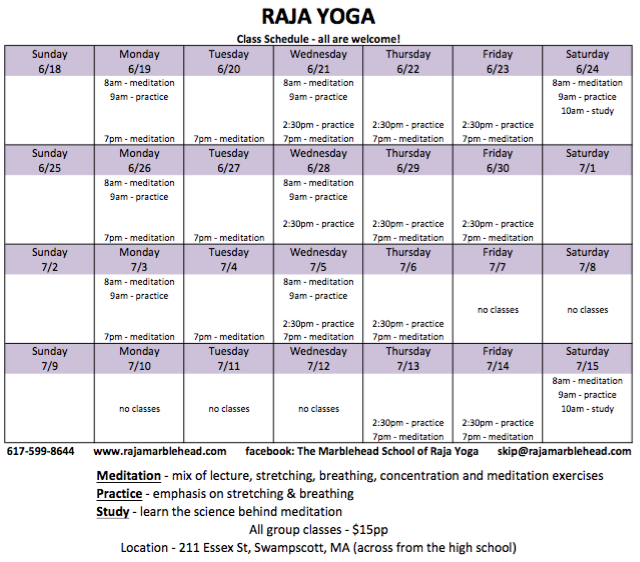Keep in mind two things: 1) everything is energetic; at some deep, atomic or subatomic level, the fundamental building blocks that constitute our world are vibrating; and 2) that there are things that are beyond our ability to sense or comprehend: sounds, sights, etc.
PREPARATION
Meditation is 50% preparation and 50% practice.
Preparation makes meditating MUCH easier. In short, constantly:
- Practice the Serenity Prayer and Golden Rule.
- Take care of your self.
- Practice self-awareness and self-control.
YOUR MIND
Before you can control your mind, it helps to understand how it works – then through observation, trial and error you learn to control the character and direction of your thoughts.
YOUR SUBCONSCIOUS MIND
Your subconscious mind runs the ship without you being aware of it; it has three functions: sensory processing, memory storage, and “root” ego (the part that recognizes you have needs – not the part that cares about your appearance!) This is your reptilian mind: it’s responsible for anything an alligator can do (move, breathe, poop, procreate, etc.) It’s functionality gives rise to desire. Although you can’t directly control this aspect of your mind, you can control your conscious mind, which can override or subdue your subconscious mind.
YOUR CONSCIOUS MIND
Your conscious mind is the part you’re aware of; it’s the thinking, deciding part. You engage this part before you open your eyes in the morning to decide to open them! You use this aspect of your mind to decide what to eat, wear, how to do your job, etc. BUT, it’s also the aspect of your mind that if you’re not consciously engaging it, it’s engaging you; it’s the voice in your head.
Two critical things to remember about your conscious mind: 1) it can only do one thing at a time: you can not simultaneously count and recite the alphabet! and 2) you can’t stop your thoughts. Your heart, lungs, and conscious mind all function mechanically the same way: single, consecutive, and hopefully constant beats, breaths and thoughts!
Other things of note about your conscious mind, aside from the fact that it’s the mechanism through which you can quiet your three subconscious mental functions: it operates a bit like a manual transmission, complete with a neutral gear, except that instead of 1,2,3 and reverse – this transmission switches between generating correct, incorrect, imagined and remembered thoughts! It also has directional and zooming capabilities. Your conscious thoughts are elastic: they can be lengthened and shortened – and like a radio, this part of your mind has a volume control: you can shout and whisper in your mind just as easily as out loud!
DISTINGUISHING EXERCISE
Learn to distinguish between your conscious and subconscious mind by practicing around the house while you’re doing dishes, laundry or showering – any mundane, routine task you’ve done thousands of times.
While you’re doing whatever it is, recite the alphabet. Literally everything you’re doing other than reciting the alphabet is being managed by your subconscious mind – which you can only observe via its actions! Once it clicks that you don’t directly control your own waking, talking, and chewing it’ll blow your mind! Until then keep playing with it.
CONCENTRATION
First learn to concentrate your conscious mind: to literally override your subconscious sensory perception and memory functions. It’s not that difficult; you’ve probably at one point or another been so engrossed in a task that you didn’t hear the phone or someone calling you – the object of concentration, a prerequisite for meditation, is to be able to do that at will (e.g., concentrate on your hearing, or any object to the exclusion of your other senses). Concentration is a prerequisite only in that you need to understand the concept – not be a master at it YET!
MEDITATION
TWO TYPES
There are two types of meditation: initially, while you’re subduing the three functions of your subconscious mind you’re trying to attain a state of yoga or union with the universe; thereafter, your conscious and subconscious mind are quieted sufficiently that your consciousness, having no thoughts to be aware of, becomes self-realized; from which point on, you can initiate a virtually-divine meditation experience at will. At that point you have literally transcended your subconscious mind!
FOUR STATES
As you prolong your ability to focus – progressively subduing your sensory processing, memory, and root ego mental functions – you progress through three interim states of consciousness, corresponding with an end of desire, sorrow and fear, sequentially.
1. Once you can distinguish between your conscious mind (evidenced by your thoughts) and your subconscious mind (evidenced by your actions), as you focus you begin to experience the first state of sub-consciousness. By intensely focusing your conscious mind – which can only do one thing at a time – on a specific object, desire is naturally quieted. The end of desire signals your passing from this initial state to the next.
2. The suppression of desire enables you to focus for longer periods of time, eventually subduing all memories. The end of sorrow signals your passing from this second pre-nirvana state of sub-consciousness to the next.
3. The suppression of desire and sorrow enable you to focus for even longer periods of time, eventually suppressing even your root ego. Finally, your concentrated mind, which is atomically and energetically subtler than the object of your concentration, somehow “pierces” the object of your focus and you literally understand it from the inside out. No, I have NOT experienced this level of consciousness YET! The end of a sense of individuality signals your passing from this third and last pre-nirvana state.
4. Thereafter you meditate without interference from desire, sorrow and fear – bathing in the still, quiet, calming embrace of your own consciousness in a state of blissful union with the universe.
ONE EXERCISE
Even though you transcend three levels of sub-consciousness to reach a fourth, the act of meditating itself never changes. It’s simple but not easy: focus relentlessly on a specific object for as long as possible! Tip: if you hear the voice in your head, you’re not meditating or fully focusing on the object! You’re training your mind like a puppy to first “Sit” and then “Stay”.
Knowing that your conscious mind can only do one thing at a time, simply recite a benign mantra to occupy it. I suggest starting with the alphabet – recite it silently forwards and backwards (trust me; it’s worth the effort to learn it backwards).
Each letter represents a separate thought (just as you can’t count and recite the alphabet, you can’t simultaneously think/say “A” and “B”). As long as you focus on the letters, you won’t hear the voice in your head.
Once you’ve mastered focusing on the alphabet, focus on your breathing – each inhalation, pause and exhalation from beginning to end. See how long you can concentrate on your breathing without hearing the voice in your head. When you hear it, gently bring your attention back to the object of your focus.
After that, it’s dealer’s choice: pick whatever you want to think about – the object of your focus isn’t as important as training your conscious mind to think calmly and clearly for prolonged periods – though traditionally, the focus was on one’s personal understanding of God, which is obviously of great importance to the practitioner!
WHAT’S REVEALED
In theory, you can train your conscious mind to hold objects still and long enough to understand their essential nature without analysis or judgment. Eventually, you come to realize the universal nature of everything.
Namaste, Allan Alva Dowds
Group class schedule



